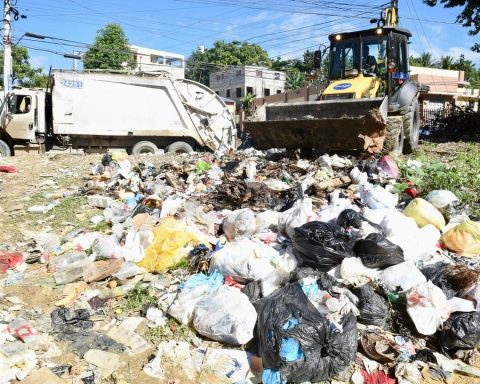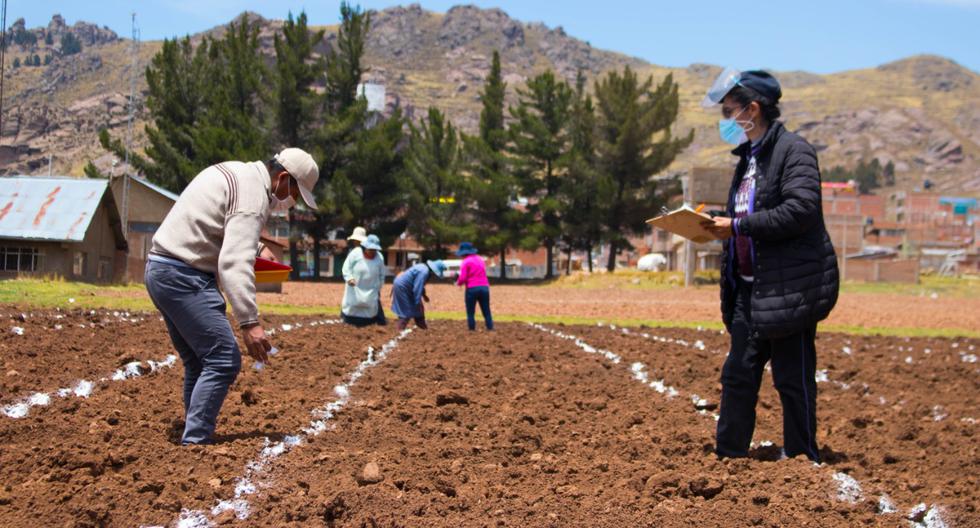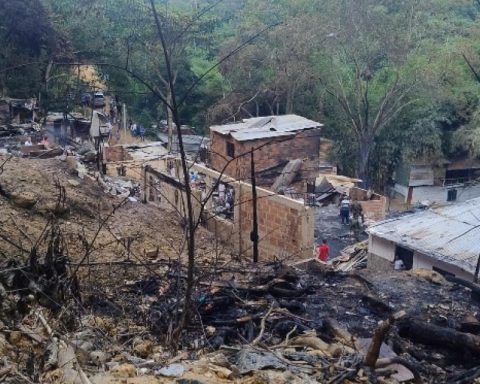The fiscal spaces of the countries of the region are limited. This, due to the fiscal support undertaken in the pandemic and because some countries have softened the effect of inflationary pressures on households through subsidies and temporary suspension of taxes.
This is the conclusion reached in the Report on the Banking System of Central America, the Dominican Republic and Panama 2021, published by the Central American Monetary Council the day before yesterday.
The study indicates that the fiscal support undertaken in the pandemic has included a combination of measures aimed at strengthening health systems, cushioning the loss of household and business income, and avoiding a possible credit crunch.
It warns that “in this context of greater fiscal vulnerabilities, a sharp adjustment in world financial conditions, either due to more restrictive monetary policy measures than anticipated in the United States, or due to an intensification of geopolitical tensions caused by the conflict in Ukraine, could cause an increase in external borrowing costs”.
“In effect, the countries in the region show higher levels of debt, so this situation would force us to take measures to shore up the sustainability of the external debt. In the same way, actions aimed at maintaining the stability of the financial system in the face of its exposure to sovereign debt would be necessary”, indicates the Central American Monetary Council.
And he warns that “the countries of the region whose banks are most exposed to the sovereign debt of the country where they operate are not the ones that have a higher ratio of public debt to Gross Domestic Product (GDP). This fact is an advantage for the region compared to what is observed worldwide.
As of December 2021, the regional banking system was made up of 129 banks, 60 of them are subsidiaries of Bancos Regionales (BR), or financial conglomerates, which correspond to banking institutions that operate in two or more countries in the region.
The Central American Monetary Council indicates that Panama is the country where the largest number of banks operate and at the same time it is the country where the assets of its banking system represented 184.8% of its GDP in 2021, followed by Honduras with a proportion of 96.1%, Costa Rica and El Salvador with proportions of 80.2% and 70.7% respectively.
He explains that the participation of regional banks in each of the countries of the region is heterogeneous; in El Salvador, Guatemala, Honduras and Nicaragua these banks represent 70.1%, 77.0%, 93.9% and 66.0% of their banking assets, respectively. In Costa Rica, Panama and the Dominican Republic they have less participation, representing 36.9%, 34.6% and 37.2% of their banking assets, in that order. The cited report states that the global economic recovery supported by an expansive monetary and fiscal policy has resulted in an increase in inflationary pressures in most countries. Specifically, for the CAPARD region (Central America, Panama and the Dominican Republic), these inflationary pressures come from the external context, mainly from the rapid expansion of aggregate demand in the United States, from the rise in international prices of primary goods, especially oil and its derivatives, and problems in supply chains, affecting prices from the end of 2021, pushing inflation even above the target range in the countries of the region with inflation targeting schemes. Faced with these inflationary pressures, the central banks of Costa Rica, Guatemala, Nicaragua and the Dominican Republic have reacted by progressively raising their Monetary Policy Rate (MPR).
In Costa Rica, between December 2018 and 2019, the MPR was reduced from 5.25% to 2.75%, in response to the slowdown in its economy, and after the arrival of the crisis due to the pandemic it was reduced again, reaching 0.75%, the lowest level in the region. However, in the face of international inflationary pressures, its general inflation level has been on the rise, reaching 8.7% in May 2022, a level that exceeds the upper limit of the tolerance margin around its goal.


















